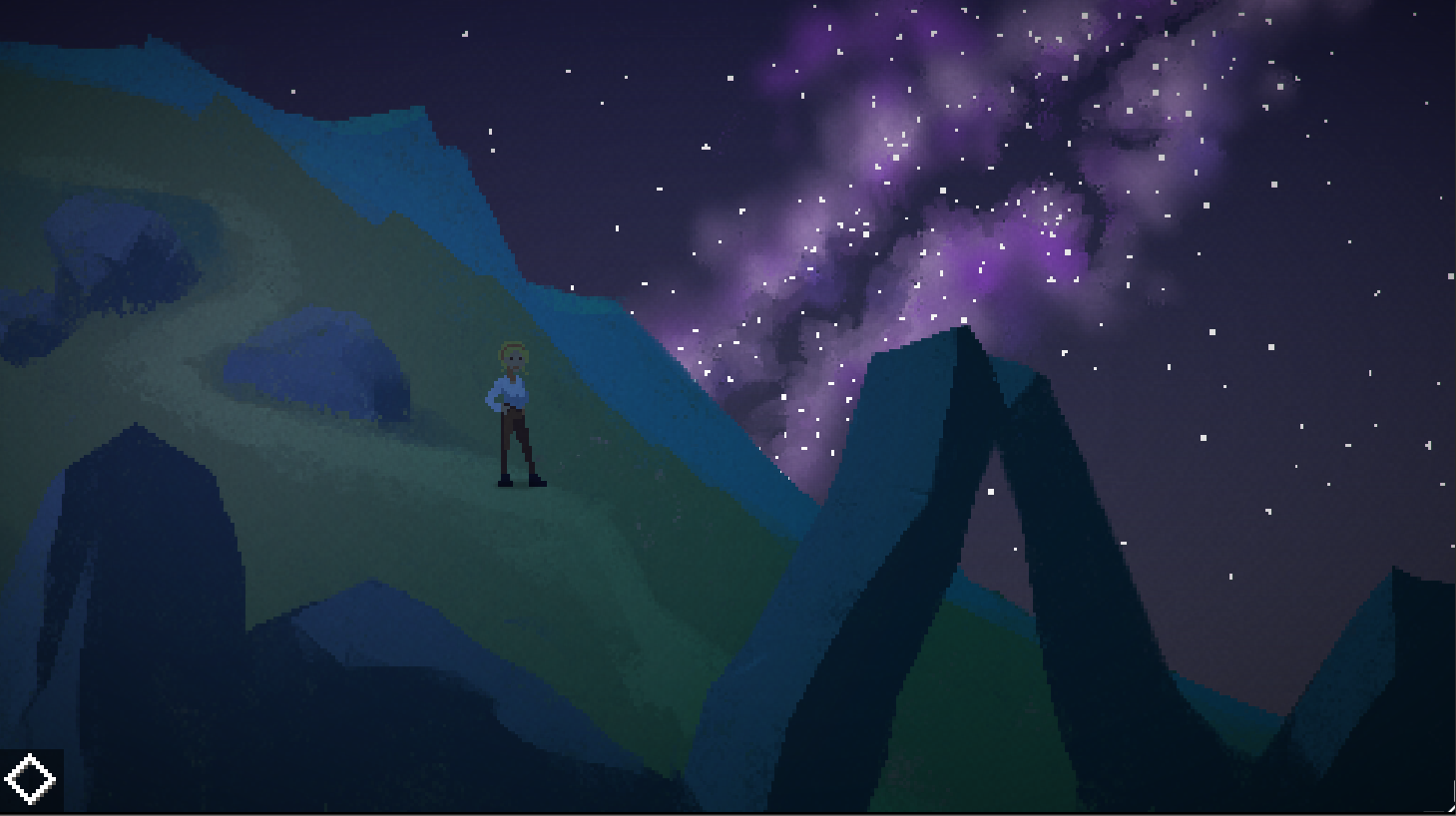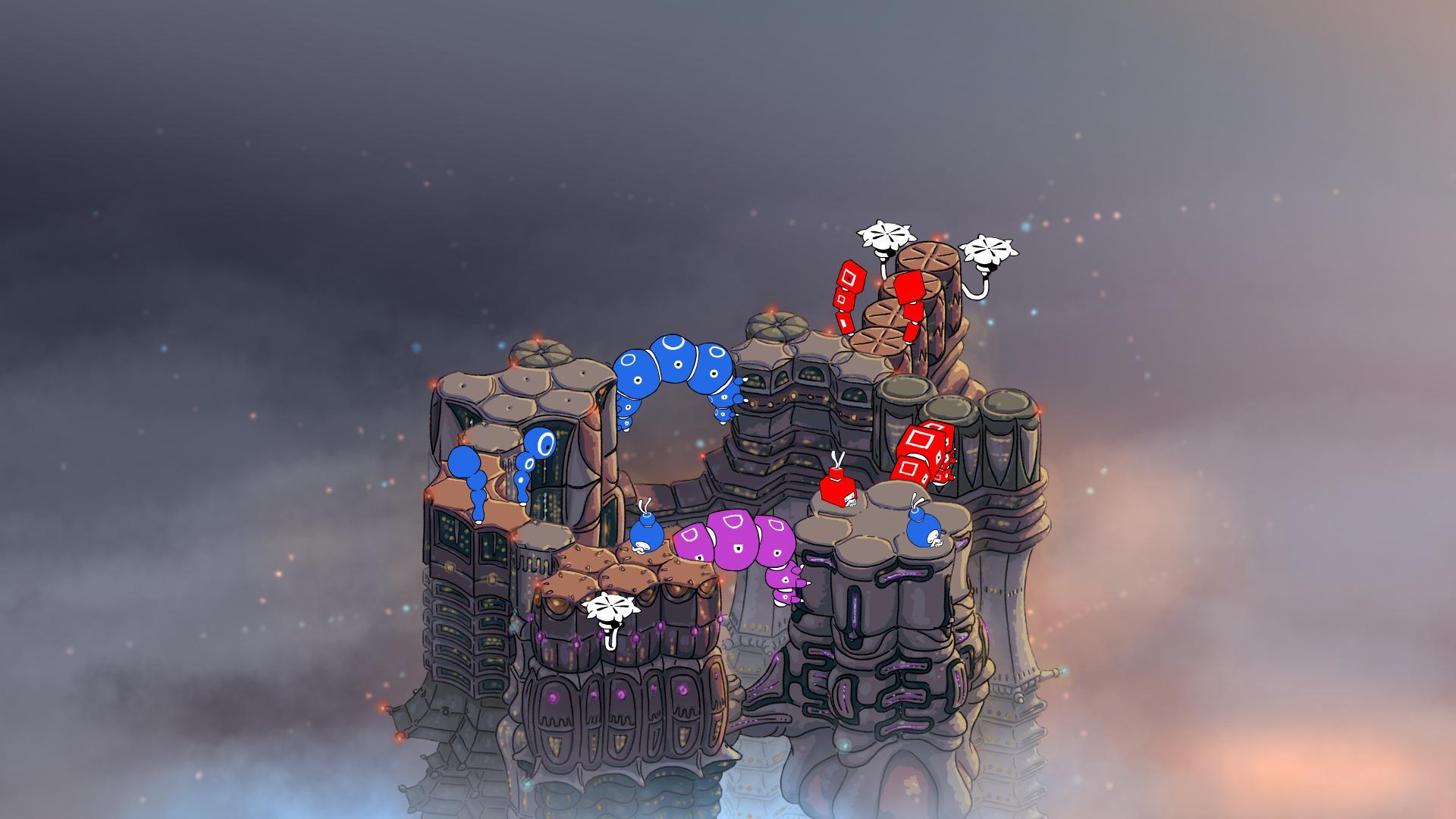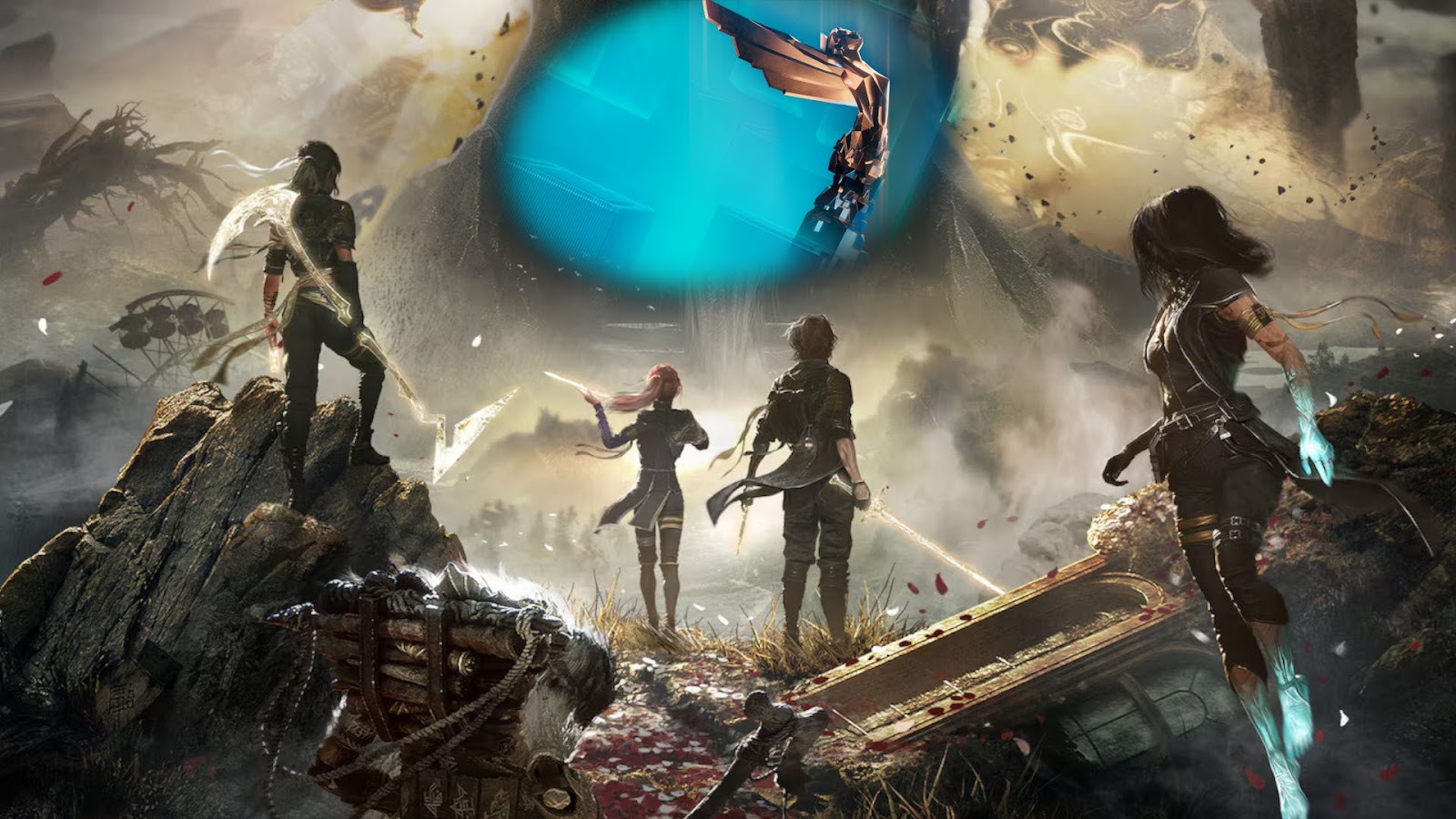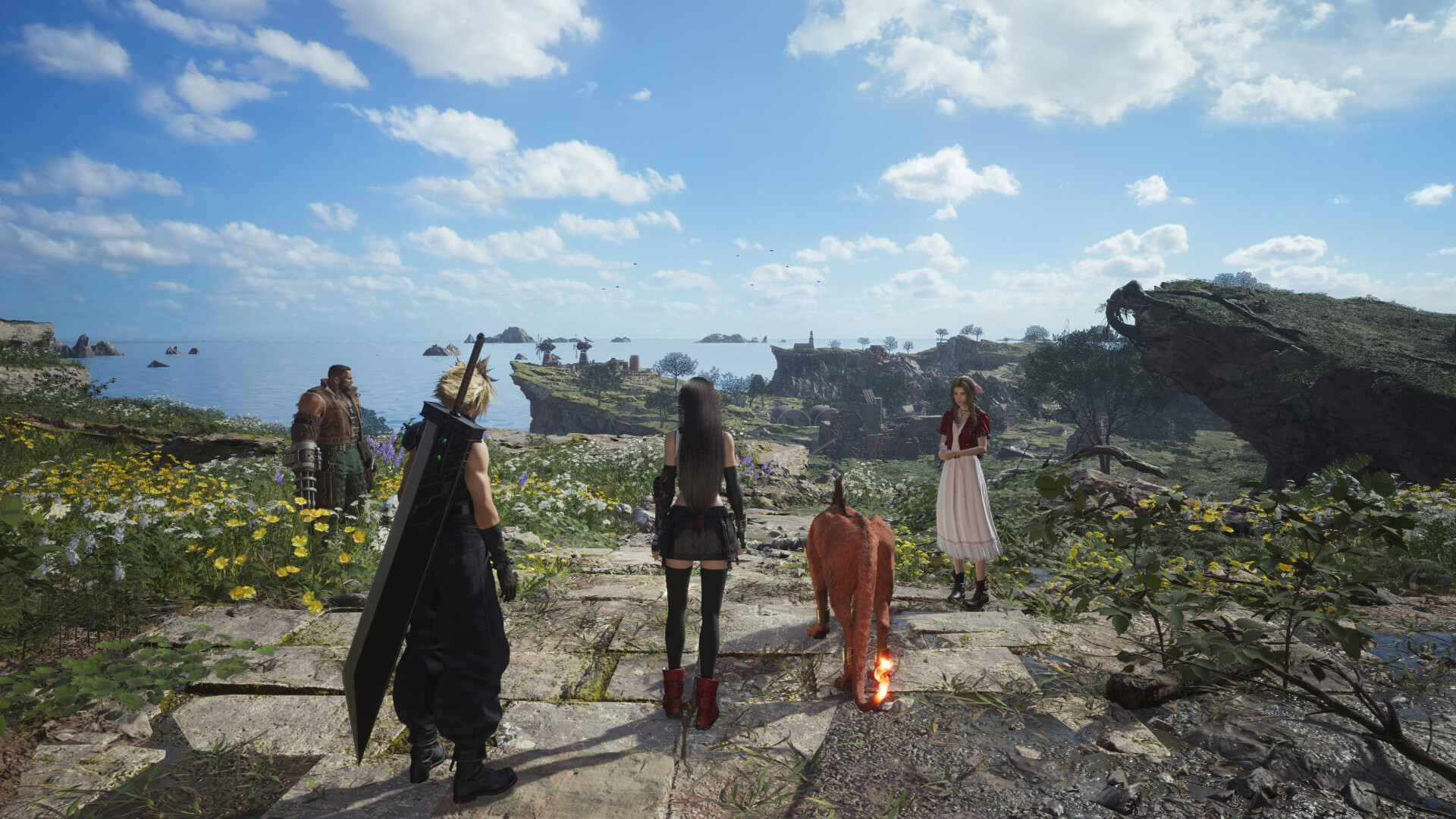You can trust VideoGamer. Our team of gaming experts spend hours testing and reviewing the latest games, to ensure you're reading the most comprehensive guide possible. Rest assured, all imagery and advice is unique and original. Check out how we test and review games here
Variety is the spice of life, or so elderly aunts are given to saying after a few whiskey gingers, possibly whilst turning the telly over to EuroTrash. In the spirit of this we’re going to offer you a collection of smaller indie games that we’ve been playing this month. They’re all a bit different, but we liked them and maybe you’ll like them too.
Milkmaid of the Milky Way
It’s that same old story. A milkmaid living in an isolated fjord, all alone since the death of her parents and whose best friend is a cow, is contemplating changing her way of life when suddenly: aliens.
Milkmaid of the Milky Way is a remarkably nice point and click adventure game styled after the old classics like your Monkey Islands, or your Maniac Mansions — in fact if you poke around enough you’ll find a Ron Gilbert joke hidden in there. Our brave protagonist, Ruth, bucks the trends of 1920s Norway by wearing trousers instead of a dress, and gamely jumps from a cliff to pursue the spaceship that’s absconded with her modest herd of dairy cows. It’ll take you ninety minutes to a couple of hours to puzzle your way to victory, and during that time you’ll be quietly impressed at the clean design and 90s pixelart style. Ah, nostalgia. But honestly, sometimes it really does look f***king lovely.
One thing you might feel is a stumbling block is that Ruth, and everyone she encounters, thinks and speaks entirely in rhyming couplets. I suppose mileage on this will vary depending on how much you hated studying the Lyrical Ballads at school. Still, there’s some lovely detail hidden in The Milkmaid of the Milky Way (see: older entries in Ruth’s diary), and it was created by one dude. It’d be worth keeping an eye out for future things from Mattis Folkestad, aka machineboy.
Click here for the review.
She Remembered Caterpillars
/https://oimg.videogamer.com/images/561c/b495ec09-db68-44e0-9073-b36e2500d886_SheRememberedCaterpillars-Level-5.jpg)
This is probably the sort of thing that deserves a dedicated article, to be honest, and may well get one at some point. Half of She Remembered Caterpillars is a hand drawn puzzle game featuring colourful living bridges that are, indeed caterpillars, and gates that look like tentacles of fungi. Through these obstacles you must navigate Gammies, little brightly coloured perambulatory mushroom creatures, but they can’t pass them unless their corresponding colour is correct. These puzzles become more fiendishly difficult as time goes on. You can combine and divide Gammies to create different colours that can pass through multiple obstacles. The Gammies are incredibly sweet, and I don’t even like mushrooms because they taste like I imagine actual death does.
This is a good segue, because the other half of She Remembered Caterpillars is a slowly unfolding rumination on death and a child’s relationship with a father. It’s a nice mix of being slightly unsettling and disarmingly cute, and if you don’t enjoy non-specific philosophising between levels there’s a wealth of value to be found for puzzle aficionados i.e. the game becomes bloody bastarding hard and you’ll probably have to go away and sit quietly for a while after getting frustrated, but when you eventually solve it you feel like an actual Mensa type person who could take on those kids in bow ties off of Child Genius.
The website describes the game as ‘fungipunk fantasy’ which is as comfortable in the mouth as a speaking through a marshmallow, and has overtones of earnest men awkwardly wearing a top hat with goggles on. The game is much better than that, don’t worry.
Click here for the review.
Candleman
/https://oimg.videogamer.com/images/3f89/75cf10cf-c6bf-4d32-a915-a27be8bc2c54_screenshot-01.png)
This isn’t out until February 1 so consider this a preview based on the first hour of the game. One of the irrational behaviours that humans are given to is attaching personality to inanimate objects and then growing very attached to them. This is much easier if half the job has already been done for us. Thus the candle in Candleman (who we assume is the Candleman of the title), with his little legs that make a pat-pat-pat noise as he walks, is a protagonist that I love and want to protect.
The brave little candle traverses the dark innards of a ship, across barrels, books, and bottles arranged in a convenient platformer configuration. He can light his way by burning, but he can only burn for ten seconds in total. You must flick his light on for only moments at a time or risk burning the candle out entirely. This can probably be interpreted as some species of metaphor.
So far Candleman has proven to be quite a difficult game, but endlessly charming as well as slightly foreboding. The ship sways bobs in the sea so the path before you sometimes moves, and while you can find and light other candles none of them spring to life. The little candle is utterly alone. The sound design in particular is great In the absence of light you can sort of tell where you’re going because of the noises around you, or hear the echo of a large space, or the happy thrum when you’re standing in light before everything goes pitch black again. Slap that on a motivational poster, someone. At any rate, it’ll be great to see where the brave little candle will go in the fullness of his game.
Dialogue: A Writer’s Story
/https://oimg.videogamer.com/images/d353/a0b60d96-6d04-4bc1-874a-48dbf03d8492_iwVFHw.png)
The central mechanic to Dialogue: A Writer’s Story is certainly a different one. The game is entirely about having conversations. For longer, more in depth talks you navigate through them almost like a maze, and double back to different topics to unlock information you’re interested in. You can, in this sense, do either well or badly at them, but they don’t actually have a win/lose condition. You just might not find out that much about who you were talking to. There are also real time conversations where you must choose a response in a time limit, similar to the talking bits in every Telltale game ever.
Lucille, the character you play as, places a lot of importance on conversations. They seem to form the chief source of inspiration for her science fantasy novel, which she’s working on as you play. When you pay attention to the all the dialogue she has with other characters — her neighbours, her brother — you find that the characters are all engaging interesting people, but I wonder if it’s not a little easy to skip through them to hit the key points being, as they are, colour coded to stand out. This is, however, entirely in line with how some people hold conversations, so perhaps it depends on whether you zone out and stare at someone’s forehead when they’re talking to you.
There’s a nice mingling of science and creativity, and it realises the process of sieving information to get to the nuggets of interesting and imaginative things remarkably well. While a conversation in Dialogue isn’t perhaps as natural or streamlined as it is in real life, and I’m quite sure some people will be put off by the simplicity of the cartoon art style, it’s incredibly interesting to see a game where dialogue isn’t just for delivering a plot point or choosing where the game goes next, but is in fact the entire game.
Click here for the review.
Detention
/https://oimg.videogamer.com/images/d149/e79eea70-2fc0-456b-9558-6eb830d5ac50_Detention-screen-3.jpg)
While I mainly appreciate the art of horror from afar, there are occasions when I can get onboard with the genre. When titles don’t solely rely on jump scares and instead ramp up the tension to really get inside your head, I find myself enthralled and wanting more. All the while I’m clutching at my cup of tea for dear life in the hope that none of the bad men on screen will actually jump out and kill me, of course.
In Detention Wei and Ray — two pupils of Greenwood High — must get to the bottom of why their school has transformed into a haven for unsavoury characters that snarl and growl at you as you walk past, like 95% of London Underground commuters. This 2D point-and-click game sees you solving a myriad of puzzles that only rarely veer into the illogical (as plagues so many in the genre). At times, they can even be a tad simple.
Although Taiwanese developer Red Candle Games have mastered dread, truth be told there isn’t a huge number of actual scares in the game. Those moments of genuine terror are so harrowing, though, that you remain rattled for some time after. The art style isn’t particularly scream-inducing, but the way in which your enemies The Lingered navigate their surroundings, as well as the exquisite sound design, really make the hair on the back of your neck stand up.
It sadly loses its way in the final act, with the game’s systems being forgotten about in favour of a more linear telling of the narrating, along with diminished puzzle-solving. But even with that, Detention is a very interesting game that uses the real-world events of mid-1900s Taiwan and wraps them up in this engrossing tale of fantastical terror.
Click here for the review.
She Remembered Caterpillars
- Platform(s): macOS, Nintendo Switch, PC
- Genre(s): Indie, Puzzle

/https://oimg.videogamer.com/images/b319/ae9ef1cb-8252-4ae4-8141-2b1cb120c3d5_S11kIGM.jpg)






